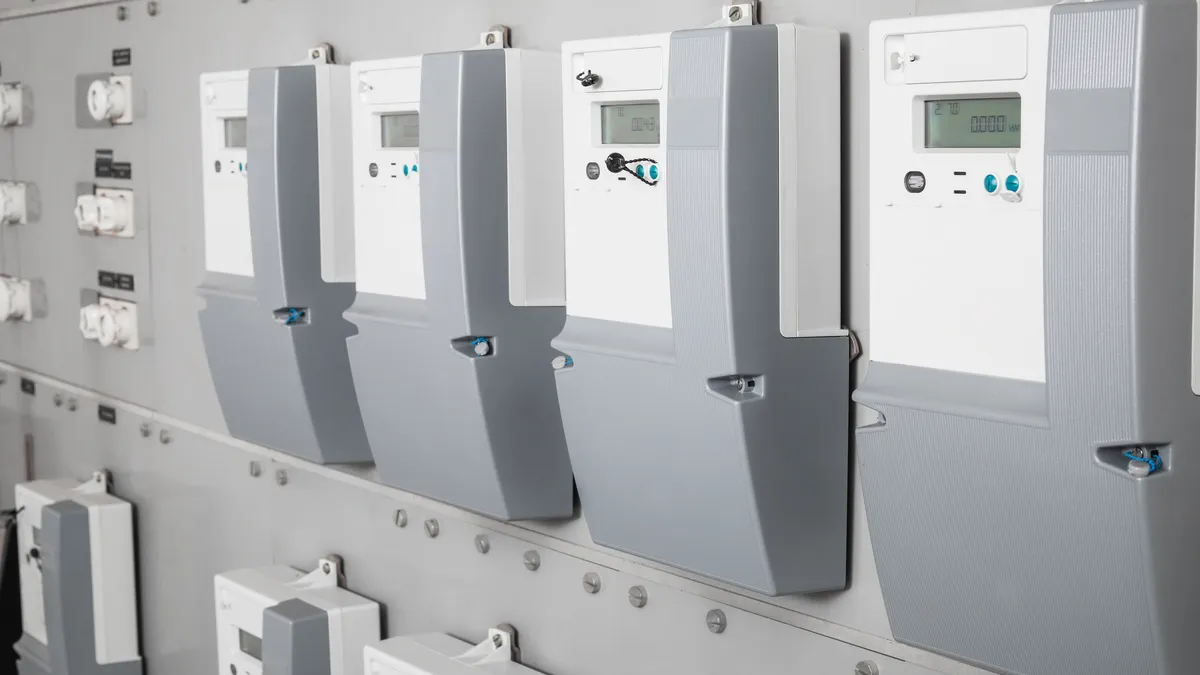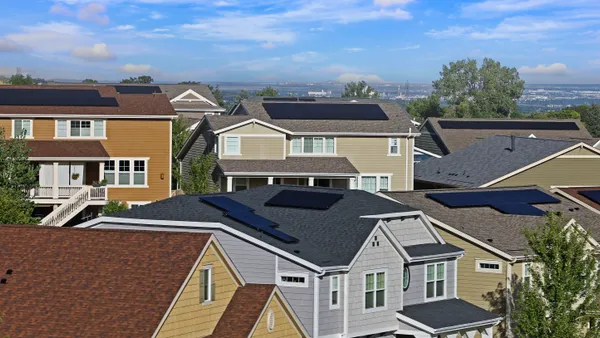Dive Brief:
- According to a new report by the Natural Resources Defense Council, "always-on" appliances and electronics consumer $19 billion in electricity every year when they aren't being used.
- That's about $165 per average household in the United States, the report found, the approximate output of 500 MW of generating capacity.
- NRDC said it partnered with Home Energy Analytics and the Stanford Sustainable Systems Lab on the study, examining data from tens of thousands of California smart meters and several in-home energy audits.
Dive Insight:
The growth of consumer electronics has led to billions of dollars in wasted electricity, according to new analysis by NRDC. "Vampire energy drain" can cost a consumer up to $440 annually, the report found, all while providing little or no benefit, making it a prime target for utility efficiency programs.
“One reason for such high idle energy levels is that many previously purely mechanical devices have gone digital: Appliances like washers, dryers, and fridges now have displays, electronic controls, and increasingly even Internet connectivity, for example,” Pierre Delforge, the report’s author and NRDC’s director of high-tech sector energy efficiency, said in a statement. “In many cases, they are using far more electricity than necessary.”
NRDC said always-on-but-inactive devices account for nearly 23%, on average, of the electricity consumption of homes in California. While the state has lower overall usage because of efficiency gains in recent decades, the environmental group said the amount of inactive consumption by household devices "can be applied nationally as Americans tend to buy the same appliances everywhere."
The study looked at data from electric utility smart meters in 70,000 northern California homes with field measurements concentrating on idle loads, and NRDC said an average of 65 devices were found in on-site audits.
“Consumers can take such steps to reduce their idle load as using timers, smart power strips, and changing settings on their devices, and manufacturers need to do their part by designing products to minimize energy waste, but ultimately policies like energy efficiency utility programs and standards are needed,” Delforge notes. “Reducing always-on consumption is a low-hanging fruit opportunity to cut climate-warming pollution.”
In addition to efficiency policies, NRDC also said manufacturers needed to take steps to reduce idle power consumption. The group noted that when looking at the 65 electrical devices found during an in-depth audit of 10 sample residences, roughly 66% drew more than 1 watt of power each in the always-on mode.















